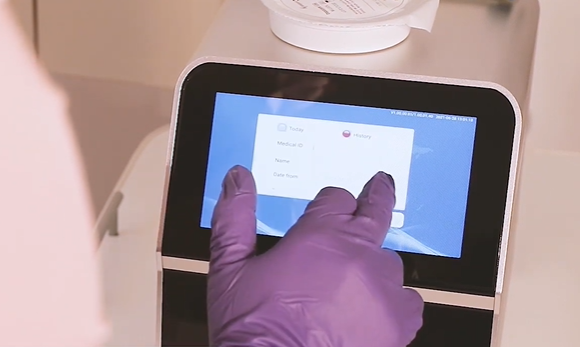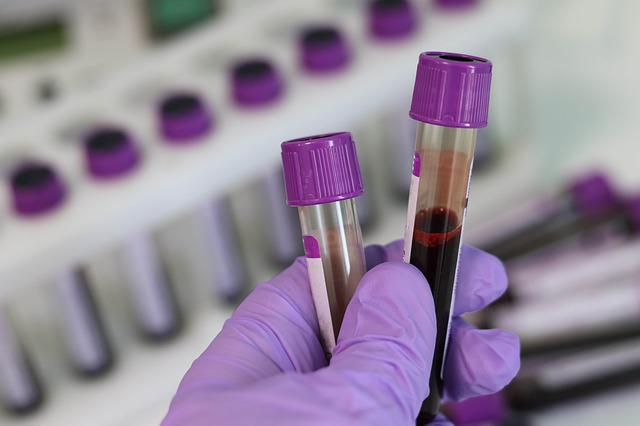Types of chemiluminescence immunoassay analyzer
The following are 3 types of large immunoassay analyzers on the market.
1.Fully automatic chemiluminescence immunoassay analyzer
The fully automatic
chemiluminescence immunoassay analyzer uses a combination of chemiluminescence technology and magnetic microparticle separation technology. It is a fully automatic, random access, software-controlled intelligent analysis system.
In the reaction system of the immunoassay analyzer, the solid phase carrier uses magnetic particles. Its diameter is only 1.0um, which greatly increases the encapsulated surface area, resulting in increased adsorption of antigen or antibody, faster reaction speed, and simpler cleaning and separation.
Chemiluminescence immunoassay analyzer has the advantages of flexible operation, accurate and reliable results, long storage time of reagents, and high degree of automation.
2.Automatic microparticle chemiluminescence immunoassay analyzer
Fully automatic microparticle chemiluminescence immunoassay analyzer uses microparticle chemiluminescence technology to quantitatively determine trace components and drug concentrations in the human body. This immunoassay analyzer has the characteristics of high specificity, sensitivity and stability.
3.Fully automatic electrochemiluminescence immunoassay
Electrochemiluminescence immunoassay is a specific chemiluminescence reaction triggered by electrochemistry on the electrode surface. This immuno-analyzer belongs to the third generation of chemiluminescence immunoassay technology.
Compared to other immunological techniques, the electrochemiluminescence immunoassay has very obvious advantages. Since the marker used in this analyzer, triplet ruthenium, can be combined with various compounds such as proteins, semi-antigenic hormones, nucleic acids, etc., the instrument has a wide range of assays.
This immuno-analyzer uses a new solid phase coating technology of "streptavidin biotin" for the magnetic bead coating, which makes the instrument more sensitive, with a wider linear range and shorter reaction time.
How to maintain the chemiluminescence immunoassay analyzer?
Advanced immunoassay analyzers require proper maintenance. Daily maintenance, weekly maintenance and regular system testing are the prerequisites to ensure the normal operation of the instrument. The maintenance of automatic chemiluminescence immunoassay analyzer includes the following aspects.
1. Daily maintenance
Keep the shell of the immunoassay analyzer clean every day to avoid dust entering the instrument. Before doing the daily routine maintenance must check whether the system temperature status, liquid circuit part, consumables part, waste tank, buffer, etc. all meet the requirements, and then clean the system for maintenance operation according to the maintenance procedure.
2. Weekly maintenance
Check the upper guide of the analyzer main probe, and clean the lower guide of the main probe with a fiber-free swab after the check, and then enter the maintenance program for special cleaning under the main menu as required. After cleaning, clean the upper part of the main probe with ethanol swab, then check the waste night tank filter. Check the sensing points on the incubation strip for dust and wipe them clean with a fiberless swab .
Always do system testing after weekly maintenance of the
immunoassay analyzer to ensure that the system testing data is within the control range.
3. Monthly maintenance
Once a month, use a special stainless steel brush to brush the interior of the main probe, specimen sampling needle and reagent needle of the immunoassay analyzer to remove dirt. As the internal space of the needle is small, after brushing with a syringe of saline repeatedly rinse the inside of the needle, so that all the dirt flushed clean, the needle can be wiped clean with alcohol outside.


